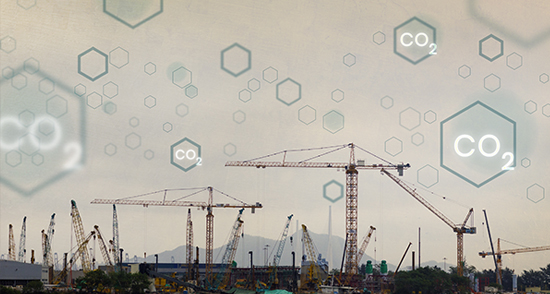
ORing's Statement of "Conflict Minerals"
- ORing and its suppliers shall take social and environmental protection responsibilities.
- The "Three No" principle for ORing is no support, no acceptance and no use of metals, such as gold (Au), tin (Sn), tantalum (Ta) and tungsten (W) from the Democratic Republic of the Congo and its neighboring nations as well as armed conflict areas where metals are mined illegally from unacceptable working environments. We promise that we will continue to pay attention to the issue.
- Implement the green supply chain to comply with customer's requirements and international justice practice. Understand the management condition of the conflict minerals by suppliers and investigate for the EICC onflict Minerals Reporting Template.

RoHS Declaration of Conformity
ORing product compliance is guaranteed by material composition test reports and/or compliance declarations provided by suppliers and manufactures.
The Recast RoHS Directive (also known as RoHS 2.0) imposes restrictions on the use of hazardous substances (listed in the table below), extending them to medical devices (category 8) and monitoring and control instruments (category 9). With regard to the recast directive, we don’t need to make any changes to our product compliance. The same restrictions and threshold limits for each of the substances still apply.

REACH Declaration of Conformity
At ORing, we are committed to confirming that ORing products and accessories fully comply with the requirements of European Union Regulation (EC) 1907/2006. Registration, Evaluation, Authorization and Restriction of Chemicals (REACH) is a regulation of the European Union that was finalized in December 2006 and has been in effect since June 2007. The regulation addresses the production and use of chemical substances to limit their impact on human health and the environment

Questionnaire for ORing Industrial Networking Stakeholders
Dear stakeholders,
We would like to understand your expectations regarding ORing Industrial Networking’s work towards sustainability. Through this questionnaire, we aim to assess the impact of ORing on important issues, including the economic, social, and environmental aspects. We sincerely invite you to express your thoughts and provide valuable opinions, as they will serve as crucial references for our efforts in promoting sustainability.

PFAS
Per- and polyfluoroalkyl substances (PFAS) are a large class of thousands of synthetic chemicals, PFAS are widely used because they have unique performance properties. specialty materials that can simultaneously impart strength, durability, heat and chemical resistance, and high-performance electrical insulation. SIA PFAS Consortium has stated that in some cases, it may ultimately be found that a non-PFAS alternative is not capable of providing the required chemical function.

Sustainability Report
Discover our commitment to sustainability through our Sustainability Report, highlighting key ESG initiatives and achievements.



